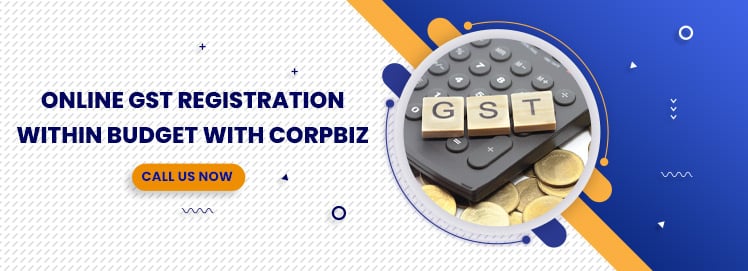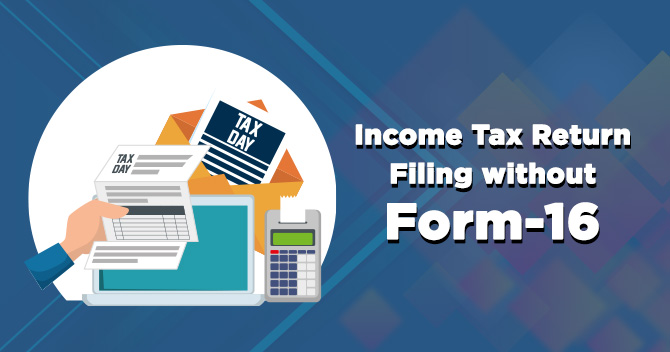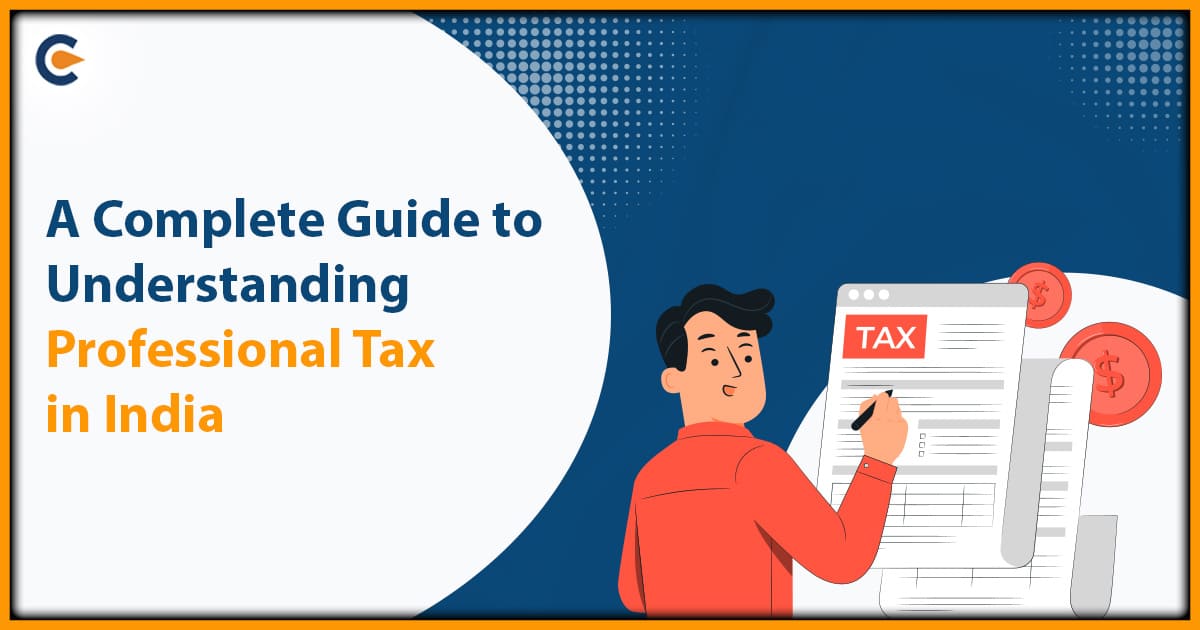In order to provide clarification on GST refund issues, the Central Board of Indirect Taxes and Customs went on issuing a CGST Circular No. 135 on the 31st of March, 2020. Before that, there were a lot of perplexities in regard to claiming refunds under GST. By issuing a circular, the CBIC has made efforts to bring coherence in the GST provisions implementation part.
Clustering of Refund Claims across Different Financial Years
- Circular No. 37/11/2018- Goods and Service Tax dated the 15th of March 2018, confined clustering of refunds connected with tax periods paved over against different financial years. Clubbing of tax refund claims was possible only for multiple tax periods in the same financial year. Further, on the 18th of November, 2019, a Master Circular no. 125/2019 got issued for GST refunds through online medium, and the restrictions of a similar kind were extended.
- This restriction has made merchant exporters pass through a lot of hardships. Let’s understand this by an example.
- Suppose that merchant exporters have received the goods in the last quarter of any financial year and went for export in the following financial year, they were unable to claim ITC refund.
- After the issue gets analyzed and numerous descriptions received from the taxpayers’ end, CBIC eliminated these restrictions on the clustering of refund claims. From then onwards, it was no more applicable.
GST Rate Reduction- Refund of ITC
As per Section 54(3) (ii) of the CGST Act[1], claiming for the refund of ITC is a possibility only in case of credit accumulation. It is due to the fact that the rate of tax on output supplies was lower than the rate of tax on input supplies.
Because of the inverted tax structure, a claim for refund of accumulated ITC can be made only if input and output supplies belong to two different classes. Under this section, ITC cannot be availed if the input and output supplies both carry the same rate and ITC accumulated due to a change in the rate of tax. Earlier, claiming for this refund was a possibility, but with the presentation of this circular, claiming for refunds due to an inverted tax structure is not possible at all.
Read our article:GST Return Filing Procedure – Types of GST Returns, Due Date and Penalty
Apart from Zero-Rated Supplies, Other GST Refunds
In Form GST RFD – 01, the chief circular on the GST refund has enveloped all refund applications. Let’s look at the classification other than zero-rated supplies-
- A refund that occurs due to excess tax payment
- Refund occurring because of the tax paid on intra-state supplies, in due course which was held as inter-state supply and vice versa
- Refund occurring by virtue of appeal/assessment/provisional assessment or any other order
- Refund on the grounds of any other cause.
Even the claims are not related to Zero-rated supplies. Still, the refund gets settled up in cash in the current scenario.
According to the recent notification released by CBIC on the 23rd of March, 2020, the refund of excess tax paid on supplies leaving the Zero-rated supplies will be available in the similar proportion in which cash and credit ledger got debited for tax payment and for which claiming of refund can be made later on. In Form GST RFD-06, an order will be issued for payment in the form of cash. Also, the GST officer will issue a Form GST PMT-03 for re-crediting the Input Tax Credit amount in the credit ledger.
Points covering Refunds of Input Tax Credit under Section 54(3)
- In Form GSTR-2A, claim for ITR refund with reference to invoices were not reproduced.
- On the before-mentioned ITC, claiming a refund was acknowledged under paragraph 36 of the GST refund master circular. As per the latest rule, only 10% of eligible Input Tax Credit in GSTR-2A will be a part of provisional ITC.
- Overall, since 110% of eligible ITC is reflected in GSTR-2A, it has got the permit as ITC claim in GSTR-3B.
- In regard to ITC refund passability, several references got received on those invoices that were unavailable in GSTR-2A of the applicant after the aforementioned rule came into existence.
Need to Bring Up HSN/SAC in Annexure-B
- All the refund applicants should file a GSTR-2A copy along with an Annexure B (Concerned with inward invoices) at the time of filing RFD-01 for accumulated ITC refunds. Where GSTR-2A wasn’t reflecting any invoice, but for which an applicant has made a claim for ITC, may get the details on board in Annexure-B.
- GST officers found that there was the unavailability of HSN-wise details in Form GSTR-2A, picking out the difference between input services, ITC on inputs and capital goods become difficult. This circular has brought a clarification that HSN/SAC code must get notified in the additional column of Annexure B. If there won’t be any mandatory reason to mention HSN/SAC in incoming invoices, then mentioning HSN/SAC in Annexure B won’t be a necessary thing to do as well.
- Most importantly, a modified format with respect to this statement is available for the applicants so that they can upload their invoice details reflecting in the GSTR-2A form.
To Wrap Up
Central Board of Indirect Taxes and Customs issued a Circular on the 31st of March 2020 to provide elucidation on GST Refund issues related to its online processing and promises to bring consistency in the implementation of GST provisions. We hope you might have gained a lot of insight regarding clarification on GST refund issues after giving a thorough reading to this article.
Read our article:Latest Changes In GST Due To COVID 19













